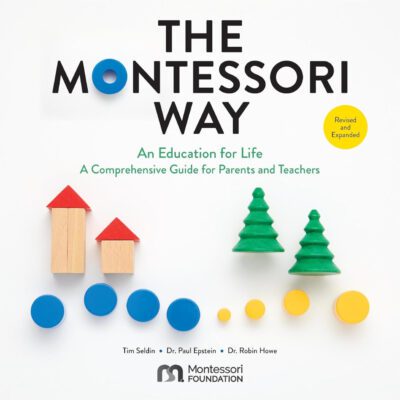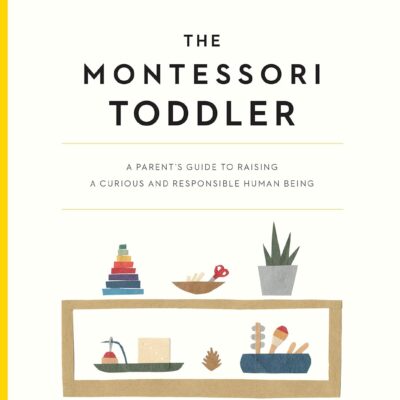DEAR CATHIE—
WE HAVE BEEN STRUGGLING WITH BEDTIME AND GETTING OUR CHILD TO SLEEP EVER SINCE HE WAS BORN. EXHAUSTION IS JUST A MATTER OR COURSE IN OUR FAMILY. IT IS SO HARD TO GET OUR CHILD TO GO TO SLEEP WITHOUT ME OR HIS OTHER PARENT SPENDING HOURS WITH HIM AND RUSHING TO HIS SIDE IF HE WAKES DURING THE NIGHT. AS HE GETS OLDER AND GOES TO ELEMENTARY SCHOOL, WE WOULD REALLY LIKE TO FIGURE THIS OUT AND TEACH OUR CHILD TO SLEEP SO THAT WE, AS PARENTS, CAN HAVE SOME TIME TOGETHER ONCE AGAIN.
— A WEARY SET OF PARENTS
Dear Parents,
Thank you for reaching out with this difficult yet common challenge. I am happy to recommend Dr. Lynelle Schneeberg’s book, Become Your Child’s Sleep Coach, as my favorite resource. Her book is clear, readable, and practical. And while I will share a few highlights, I highly recommend you read the entire book, which focuses on sleep challenges for families with children ages 3-10. She recommends developing a fairly simple routine around bedtime that is consistent for all caregivers. Some children have a variety of adults in their lives, who are involved in their bedtime routine, and it is critical that all follow the same bedtime routine.

Prepare the Child’s Room
The author recommends creating a sleeping environment that allows the child to put themselves to sleep independently. This environment will look the same when the child wakes up in the middle of the night so they can put themselves back to sleep easily. Remove all electronics, pets, and anything that turns off later from the child’s room, such as a white noise machine. (A white noise machine that stays on all night is fine.) The routine is clear, consistent and streamlined.
Add to the child’s room:
- a single bedtime buddy (lovey)
- a bedtime basket (filled with books and other non-electronic things to do in bed while the child is becoming drowsy)
- 3 ‘bedtime tickets’ (These can be used for a trip out of bed if necessary. If they are not used, they can be cashed in for a prize the next morning. The number will decrease over time.)
- a reading light
- a nightlight
Create a Clear 5-Step Bedtime Routine
The actual bedtime routine is simple and routine.
- bedtime bite (encourage a healthy snack including complex carbohydrates eaten only in the kitchen.)
- bath or wash-up time and a change into pajamas
- brushing teeth
- bathroom (provide one last time to go to the bathroom)
- books (read in bed with your child and their bedtime buddy. Set a timer for the end of this time or a number of books/ chapters you will read.)
Create a visual chart for this 5-step routine so they are clear to your child. There is a chart to copy in the book.
Once all the steps of the routine are complete, your child is ready to fall asleep on their own. They may look at books or do other activities from their bedtime basket until they are drowsy. They may need a parent to stay near them, but do not interact with them as they transition to this step. The child may get up to go to the bathroom, but each time they get up it costs them a bedtime ticket. Be matter of fact, and do not interact with your child during this time.
Your goal is for the child to learn to fall asleep alone after completing the bedtime routine. Dr. Schneeberg speaks about making the things necessary to sleep simple, such as those they would take to summer camp.
Remember that this process may take a few weeks to master.
Dr. Schneeberg provides more clarification and detailed explanations in her book and discusses special contingencies. She also shares case studies from her work with families and children or all ages. I am confident it will be helpful to you.
Best of luck helping your child learn to sleep alone.
Warmly, Cathie

Cathie Perolman is a reading specialist, Elementary educator, author, consultant, and creator of educational materials for Primary and Elementary students. Check out her new downloadable materials on her website cathieperolman.com.
For more than three decades, she has dedicated her energies to improving reading for all youngsters. She is the author of Practical Special Needs for the Montessori Method: A Handbook for 3-6 Teachers and Homeschoolers published by the Montessori Foundation (available through montessori.org.) She is a regular contributor to Tomorrow’s Child and Montessori Leadership magazines.
Cathie Perolman holds a BS in Early Childhood Education and a MEd in Elementary Education, with a concentration in reading. She is credentialed as a Montessori teacher. She is married and has two adult children and two adorable granddaughters. Cathie lives in Ellicott City, Maryland with her husband.







